A while back, we ran Google Ads for two clients, a FinTech company and a SaaS platform. We spent about $5,000 and got 100 clicks. At first, that looked promising. But then we noticed a problem: only two of those clicks became real leads. The other 98 vanished without filling out forms or leaving any contact information. No way to follow up. These were not just random visitors. They were exactly the kind of people we wanted to reach. That made us wonder if we could find out who those silent visitors were and reach out anyway.
So we built a system that combined ad clicks with personalized emails and calls. We used Factors.ai to spot intent, Apollo to grab contact info, and HubSpot to keep everything organized. The result was that we turned those lost clicks into real qualified leads.
Here is how we did it.
Step-by-Step Automation Workflow
Step 1: Capture Anonymous Visitors with Factors.ai
We began by using Factors.ai, a tool that reveals which companies visit your website even if they don’t fill out a form. You will not see individual names, but you can tell that someone from a company viewed your pricing or demo page after clicking a Google Ad. That is very useful information.
We set up real-time alerts in Factors with these rules:
- Channel is Paid Search
- Email is Unknown (visitor did not convert)
- Company Domain is Known
- Event is Website Session
Whenever someone came from paid search, did not convert, but their company domain was identified, we got an instant alert.
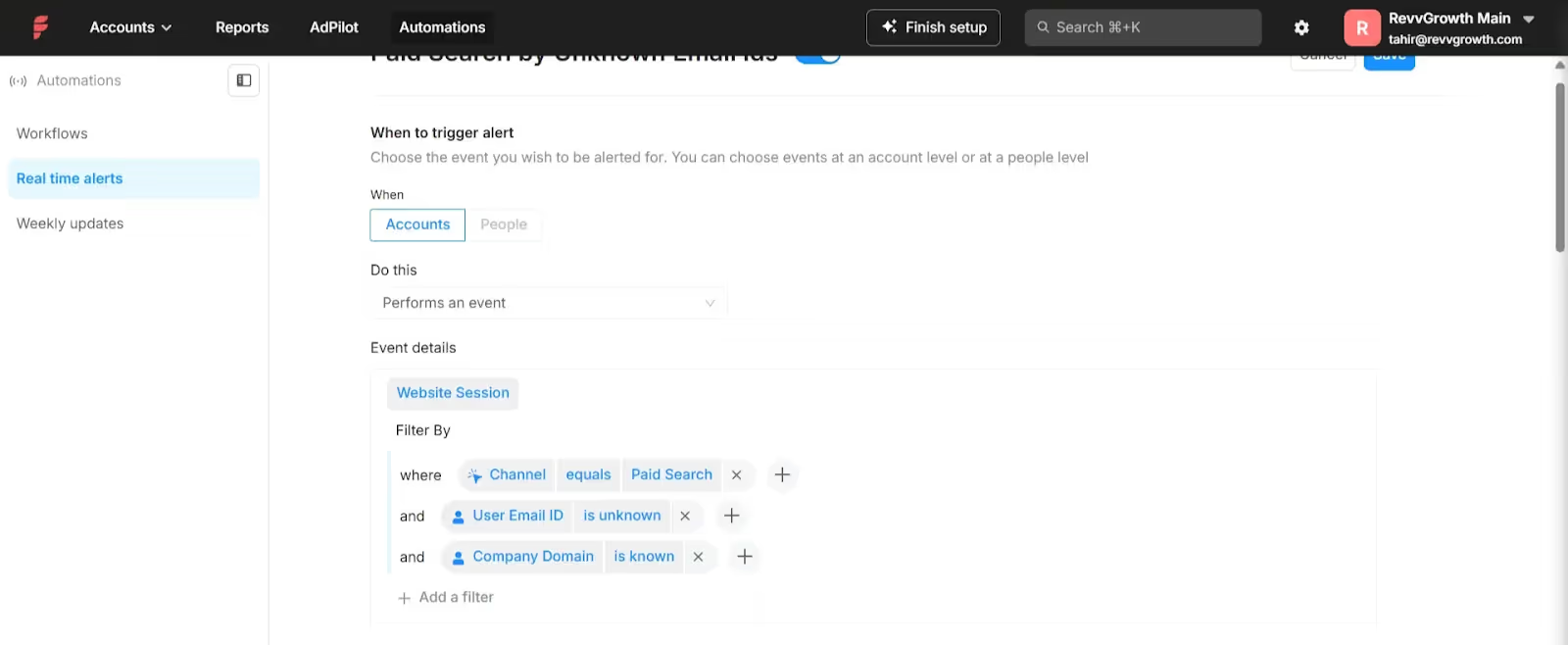
Step 2: Send Real-Time Data to Google Sheets Using Make
After we got those company-level signals, the next question was where the data should go. We didn’t want it to just sit in Factors.ai. So we used Make to set up a webhook that sends the data to a live Google Sheet every time a new visitor matches our filters. The data included the page URL visited, company name, industry, location, and some other company details. From there, our data team took over.
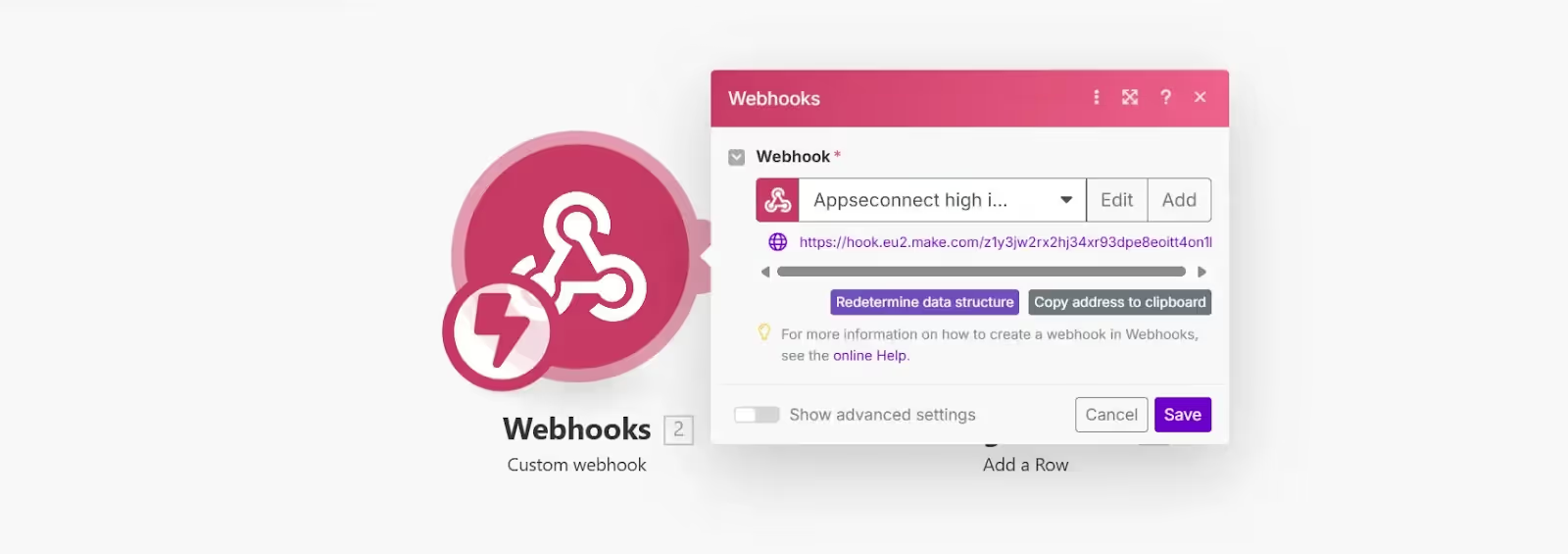
Step 3: Filter for Ideal Customer Profile (ICP) and Enrich Contacts
Not every visitor is a good lead. We filtered companies with more than 50 employees in our target industries and locations to focus on the right customers. Next, we manually found the right contacts using Apollo. For the SaaS client, we looked for Heads of Growth, CMOs, or Founders. For the FinTech client, we searched for CFOs and Founders. We collected at least three contacts per company to give our sales team several ways to connect.
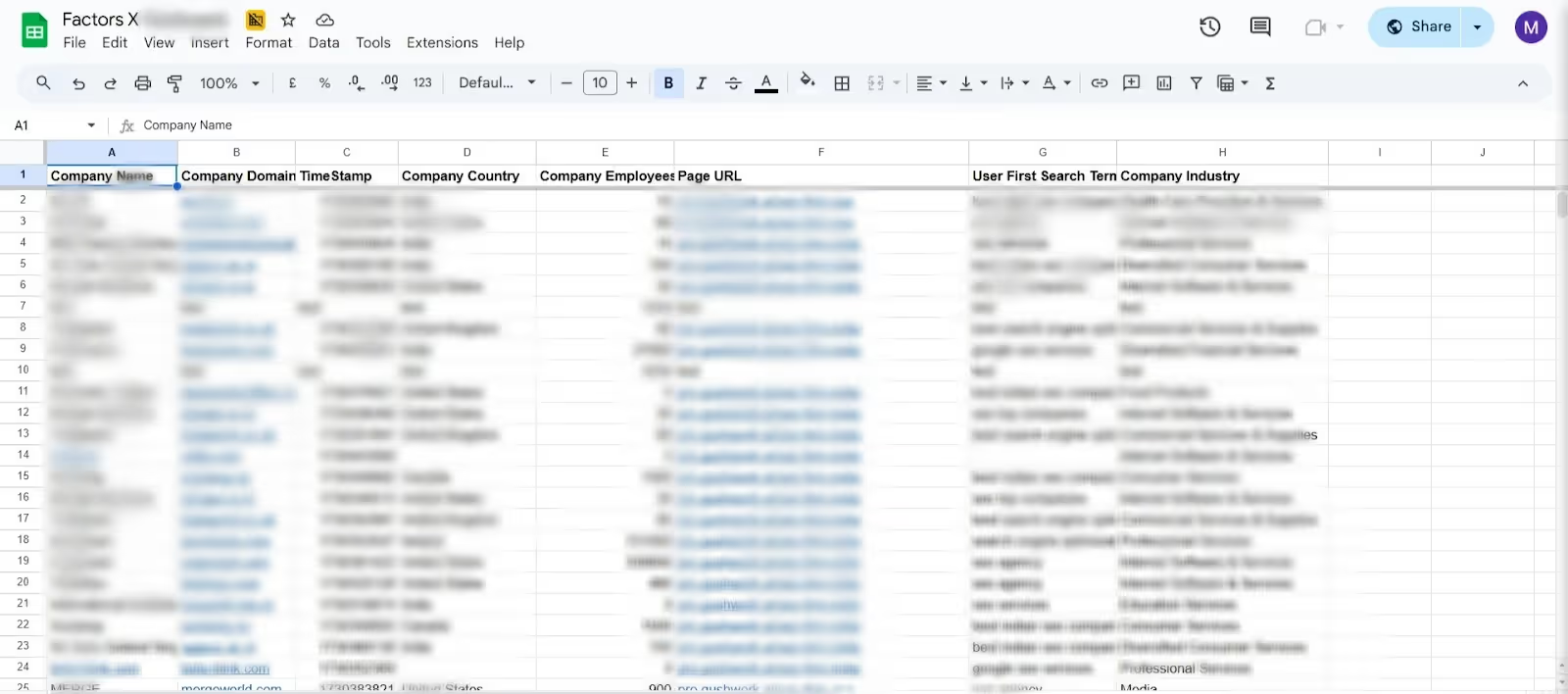
Step 4: Start HubSpot Sequences When Ready
When a row in our sheet was marked “Completed,” it synced automatically to HubSpot as a contact. The lead then entered a set sequence: three personalized emails and one follow-up call. The messages were natural and relevant, for example:
“Hi, someone from your team recently visited our [Landing Page]. I would love to know if you are looking into [Problem We Solve] and am happy to give you a quick demo.”
There was no fake urgency and no pushy sales. Just honest outreach based on real interest.

Step 5: Watch the Results
Did it work? Yes.
In the first two weeks for one client, we booked three meetings. These leads would have disappeared without a trace. No email, no name, no way to follow up. By focusing on real signals, adding contact details, and reaching out with relevant messages, we turned invisible visits into booked calls.
Traditional Outbound vs. This Motion: What’s the Difference?
Traditional outbound means buying cold lists, sending random emails, and hoping for a reply. There is no real signal or context.
Our method was different. We used real behavior like ad clicks and page visits to know when to reach out. We focused only on ideal customers, not just anyone with a business email. We found the right people at each company. Our messages were personal and based on the pages they visited. We measured success by meetings booked.
This method was smarter and respected everyone’s time and money, ours and our clients’.
The Role of Inbound in This "Outbound" Play
You might ask, “Is this just outbound?”
It is. But it started with inbound signals.
We did not contact people who had never heard of us. They had already visited our site but did not take the next step.
That made the difference. Marketing brought people in. Sales followed up.
Key Takeaways for B2B SaaS Teams Bridging Marketing and Sales
If your paid campaigns aren’t delivering, don’t just track form fills. Pay attention to all the signals that show real interest. Here’s what worked for us:
- Use tools like Factors.ai to identify which companies visit your site, even if visitors don’t convert.
- Set up a simple live tracking flow using Make and Google Sheets to capture these visits in real time.
- Have your data team filter visitors to focus on your ideal customers and enrich them with contact details.
- Send qualified leads to your CRM and follow up with personalized, relevant messages.
- Keep your outreach human. Not everything needs to be automated or pushy.
- Don’t just chase clicks. Focus on following up the right way to turn visitors into real leads.
This approach transformed how we think about outbound marketing and redefined “allbound” when done right. If you’re wondering where your Google Ads pipeline went, it might be hiding in those visitors who clicked but didn’t convert. We found ours, and now we make sure we never miss those chances.
Want to Recover Your Lost Traffic with Automation?
If you want to uncover the leads hiding in your ad traffic and boost your pipeline, let’s connect on LinkedIn. I’d be happy to walk you through how this system can work for your business.
- Karthick Raajha
Founder, Revv Growth
FAQs

.avif)

.svg)
.png)
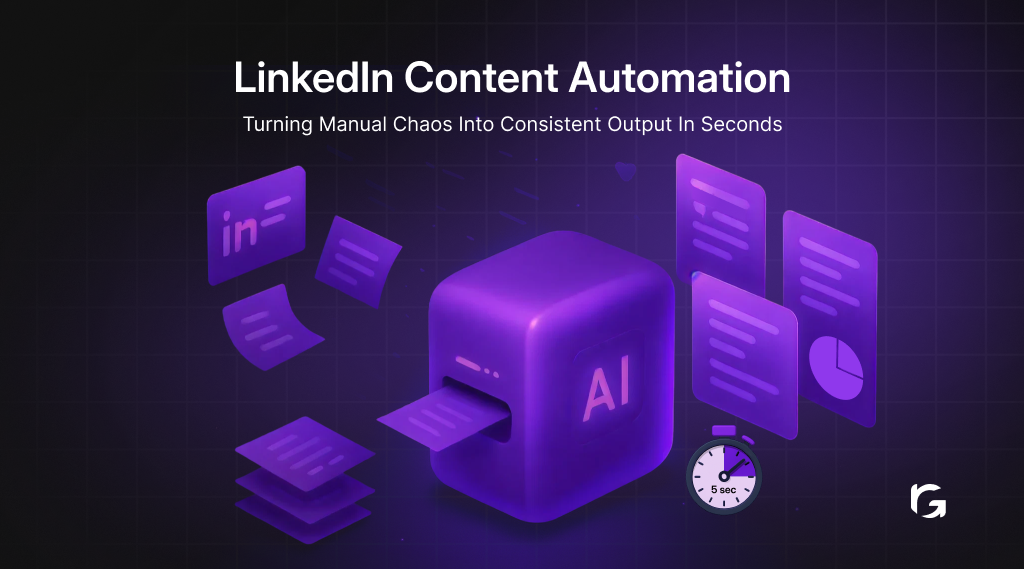
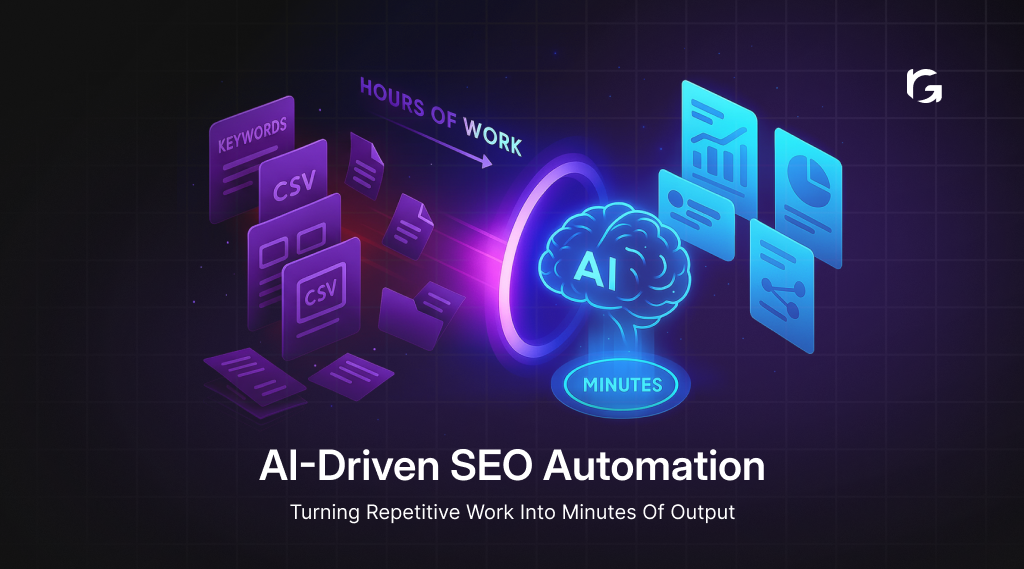
.webp)